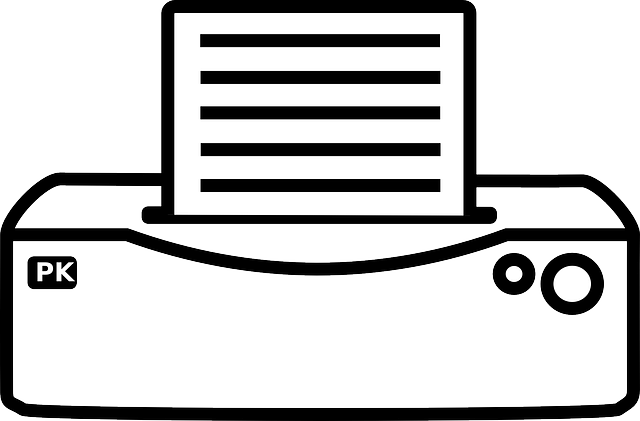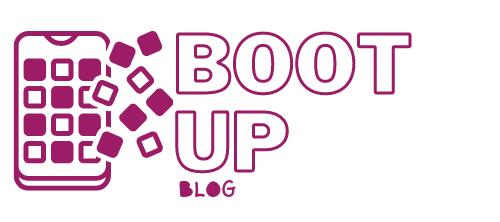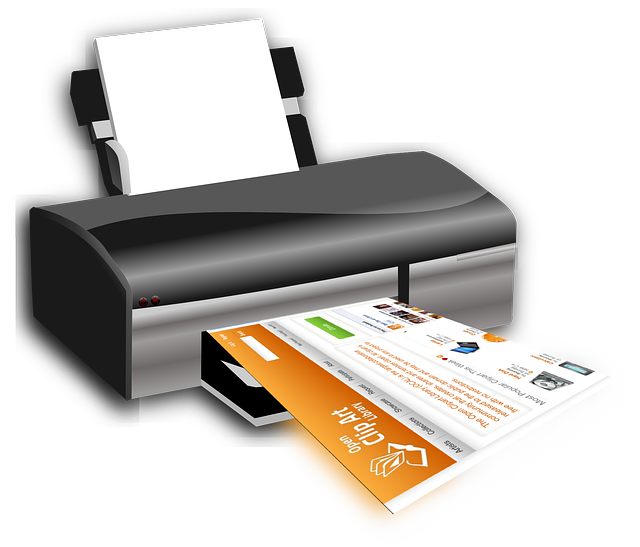Monofunctional Printer: Features and Price
Contents
Presentation of the single-function printer
Main characteristics of the single-function printer
Price of the single-function printer
There are 3 types of printers: single-function, multifunction and compact photo.
The single-function printer is simple: no scanner, no photocopier, no fax. Let’s see closer below.
Presentation of the monofunctional printer
A simple printer called a “monofunctional,” or standard printer is only used for printing.
The single-function printer is therefore particularly recommended if:
You already have a scanner, a photocopier, or a fax machine;
Or if you don’t need one of these functions: scanner, photocopier, fax;
You only have an office or photo-oriented need.
The simple “monofunctional” printer exists in 3 types called printing technologies (see below): inkjet, laser, and thermal.
Note: In catalogs and on websites, single-function printers are often called by their printing type (for example: “laser printer”). As opposed to multifunction printers, the term “multifunction” is mainly mentioned.
The single-function printer will be less expensive than the multifunction printer for the same print quality.
Main characteristics of the single-function printer
Most of the single-function printer characteristics can be found in all printers.
Ergonomics
As a general rule, the following 3 criteria are grouped under the term ergonomics for a printer.
The interface with the user
This interface includes:
- The buttons and the screen control your printer. With a touch screen, you can easily manage the functionalities of your printer as you do with your smartphone or tablet. Choose a screen size you are comfortable with.
- Accessibility to consumables (ink cartridges);
- The capacity and position of the paper tray.
The size and weight of the printer

These two factors are intertwined and are determined mainly by the printing media, paper tray capacity, and the type of printing.
A standard single-function printer (maximum paper size: A4) weighs at least 2 kg.
The weight of professional printers accepting A3 paper size (297 x 420 mm) is more than 6 kg.
Note: A simple printer is often less cumbersome than a multifunction printer, but this criterion is less and less evident with the evolution of multifunction printers.
The connectivity
Entry-level printers offer wired connections: USB or Ethernet (RJ45).
You will easily find printers from the mid-range with a Wi-Fi or Bluetooth interface and a wired connection.
Some models include PictBridge technology via the USB port, which allows you to connect your printer directly to your camera.
Printing formats
The printing formats are all the paper formats supported by the printer. For office use, these are essential criteria of choice.
All the ranges of the monofunctional printers cover the 2 following formats: A4 (210 x 297 mm) and 10 x 15 cm.
From the medium range:
- The American Letter format (216 x 279 mm),
- Smaller formats (A5, B5, etc.), labels, photo paper, etc.
The printers accepting the A3 sheet size (297 x 420 mm) are mainly professional printers (more expensive and cumbersome).
Note: The printers accepting only 10 x 15 cm formats are the compact photo printers.
Some models of single-function printers, often top-of-the-range, offer the recto/verso option. Be careful, however, to see that the word “automatic” appears for this option! Indeed, with the “manual recto/verso” option, it is up to you to turn over the sheet of paper.
Properties linked to the type of printing
Some simple printer characteristics depend directly on the printing technology, also known as “type of printing”: inkjet, laser, and thermal.
These are:
- The speed, in pages per minute (ppm), differs depending on whether you are printing text or photo, color or black and white. The average speeds in black and white, depending on the technology, are: 10 ppm in inkjet; 18 ppm in laser; 1 ppm in thermal;
- The quality of impression or resolution, in dpi (dot per inch) or PPP (point per inch); for standard quality, one considers 300 dpi for a text in black and white and at least 600 dpi for a color image; for a color photo, 4800 x 1200 dpi offers a standard quality;
- Energy consumption, in watts (W), to be taken into account in standby (often lower than 1 W) and in operation (around 20 W for an inkjet; can reach 400 W for a laser);
- Noise, in decibels (dB), often around 50 dB;
- The cost per page.
Price of the single-function printer
Below, you will find a comparison of the prices for a single-function printer according to the type of printing:
For an inkjet printer:
The first price, starting at $40, offers very few options.
The majority of printers are priced between $80 and $200. You will undoubtedly find the printer that meets your needs.
The top of the range, beyond $200, offers many possibilities of formats or connectors, etc.
For a laser printer:
The first prices are from $50 in monochrome to $100 in color.
You will find the printer that meets your needs for up to $250 in monochrome or $400 in color.
Beyond these prices, the top of the range offers many possibilities of formats or connections, etc.
For a thermal printer specializing in photo printing, most prices are between $100 and $150.

